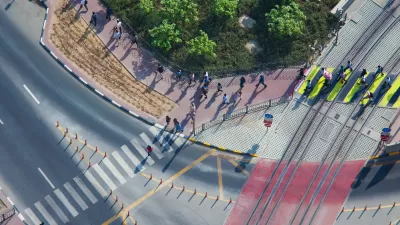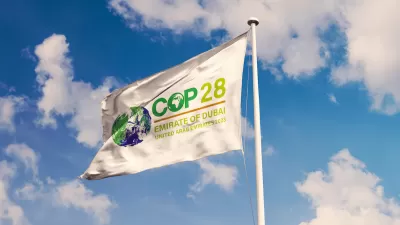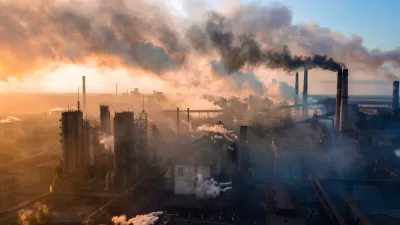Beneath the shiny allure of Dubai lies a litany of human rights and environmental abuses so severe that collapse cannot be far away, writes Johann Hari.
"All over Dubai, crazy projects that were Under Construction are now Under Collapse. They were building an air-conditioned beach here, with cooling pipes running below the sand, so the super-rich didn't singe their toes on their way from towel to sea.
The projects completed just before the global economy crashed look empty and tattered. [Inside] the Atlantis Hotel ...sitting on its own fake island...is a giant shining glass structure that looks like the intestines of every guest who has ever stayed at the Atlantis. It is unexpectedly raining; water is leaking from the roof, and tiles are falling off.
Between the malls, there is nothing but the connecting tissue of asphalt. Every road has at least four lanes; Dubai feels like a motorway punctuated by shopping centres. You only walk anywhere if you are suicidal. The residents of Dubai flit from mall to mall by car or taxis.
Dubai is not just a city living beyond its financial means; it is living beyond its ecological means. You stand on a manicured Dubai lawn and watch the sprinklers spray water all around you. You see tourists flocking to swim with dolphins. You wander into a mountain-sized freezer where they have built a ski slope with real snow. And a voice at the back of your head squeaks: this is the desert. This is the most water-stressed place on the planet. How can this be happening? How is it possible?
Once the manic burst of building has stopped and the whirlwind has slowed, the secrets of Dubai are slowly seeping out. This is a city built from nothing in just a few wild decades on credit and ecocide, suppression and slavery. Dubai is a living metal metaphor for the neo-liberal globalised world that may be crashing -- at last -- into history...The very earth is trying to repel Dubai, to dry it up and blow it away."
FULL STORY: Dubai's Lesson to America: How the Middle East's Shangrai La Became a Hell on Earth

Study: Maui’s Plan to Convert Vacation Rentals to Long-Term Housing Could Cause Nearly $1 Billion Economic Loss
The plan would reduce visitor accommodation by 25,% resulting in 1,900 jobs lost.

North Texas Transit Leaders Tout Benefits of TOD for Growing Region
At a summit focused on transit-oriented development, policymakers discussed how North Texas’ expanded light rail system can serve as a tool for economic growth.

Why Should We Subsidize Public Transportation?
Many public transit agencies face financial stress due to rising costs, declining fare revenue, and declining subsidies. Transit advocates must provide a strong business case for increasing public transit funding.

How to Make US Trains Faster
Changes to boarding platforms and a switch to electric trains could improve U.S. passenger rail service without the added cost of high-speed rail.

Columbia’s Revitalized ‘Loop’ Is a Hub for Local Entrepreneurs
A focus on small businesses is helping a commercial corridor in Columbia, Missouri thrive.

Invasive Insect Threatens Minnesota’s Ash Forests
The Emerald Ash Borer is a rapidly spreading invasive pest threatening Minnesota’s ash trees, and homeowners are encouraged to plant diverse replacement species, avoid moving ash firewood, and monitor for signs of infestation.
Urban Design for Planners 1: Software Tools
This six-course series explores essential urban design concepts using open source software and equips planners with the tools they need to participate fully in the urban design process.
Planning for Universal Design
Learn the tools for implementing Universal Design in planning regulations.
Ascent Environmental
Borough of Carlisle
Institute for Housing and Urban Development Studies (IHS)
City of Grandview
Harvard GSD Executive Education
Toledo-Lucas County Plan Commissions
Salt Lake City
NYU Wagner Graduate School of Public Service





























